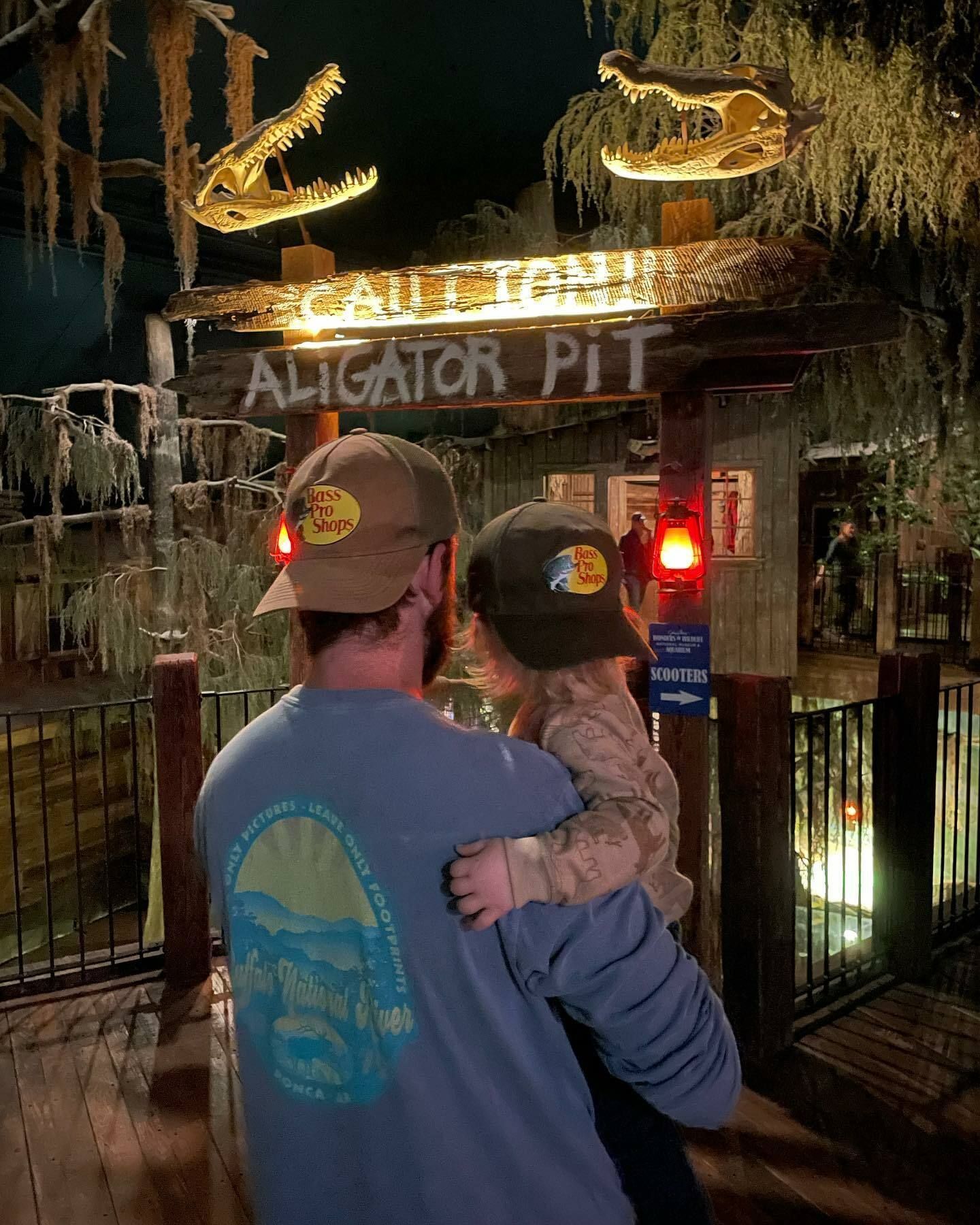– Navigating a swamp environment at night and the challenges involved
– The role of a knowledgeable guide and the importance of safety measures
– The interplay of swamp ecology and conservation efforts
– Wildlife behavior patterns during nocturnal hours
– The impact of human activity on swamp ecosystems and how to minimize it
Navigating a swamp environment at night offers an exhilarating yet challenging adventure. Swamps are complex ecosystems teeming with life and host to various species, many of which become more active after dark. The stillness of the night often belies the activity within the dark waters and under the thick vegetation, where hidden dangers may lurk. For this reason, vigilance is vital, and adventurers must watch their steps as they venture through these wetland wonders.
For those embarking on a nighttime swamp exploration, the guidance of a knowledgeable professional is invaluable. A qualified guide well-versed in the local fauna and terrain can navigate the often muddy and uneven ground while educating adventurers about the various species they encounter. Safety is paramount in such an unpredictable environment, and each excursion should be carefully planned with all necessary safety measures in place – from the appropriate footwear to protective clothing and the right luminosity of flashlights to avoid startling wildlife.
The swamp ecosystem at night is a theater of survival where the silent wings of hunting bats swoop down over the water, and nocturnal birds such as herons and owls keep a watchful eye for prey. Guides can point out the subtle ripples on the water from a swimming snake or the reflective eyes of a lurking alligator. Understanding the food webs and interactions in these environments emphasizes the importance of each creature’s role in maintaining the ecological balance.
Wildlife behavior often shifts at night, offering a unique glimpse into the lives of creatures that shroud themselves in secrecy during daylight hours. Alligators lie in wait for unsuspecting fish, and nocturnal mammals, such as raccoons and opossums, forage through the dense underbrush. The chorus of croaks and calls from an array of amphibian species, including frogs and toads, provides a vivid soundscape. Exploring these habits provides invaluable insights into the behaviors and adaptations of swamp-dwelling species, informing conservation strategies and enhancing our understanding of these critical habitats.
Furthermore, human activity continues to impact swamp ecosystems, and nighttime tours offer a unique opportunity to educate participants about these impacts. Through such experiences, visitors learn the importance of preserving these environments for future generations. Light pollution, waste, and encroaching development disrupt the delicate nocturnal patterns and can have lasting negative effects. Adventurers and guides alike can help minimize this impact by sticking to designated paths, maintaining a low noise level, and ensuring no trash is left behind.
The adventurer’s journey through a swamp at night is a delicate balancing act between exhilarating exploration and thoughtful conservation. With each careful step, it is a chance to witness the untamed beauty of swamp life under the cover of darkness. As we traverse these mystifying landscapes, we must respect the fragile ecosystems that provide us with enriching experiences and safeguard them so that they may continue to thrive and enchant us for ages.
*****
Source Description
Watch your step as your adventure continues through Swamp at Night. 🐊
📷 : @get_hammered

